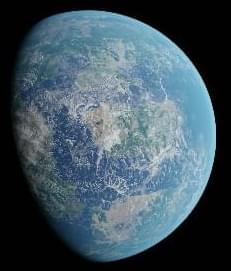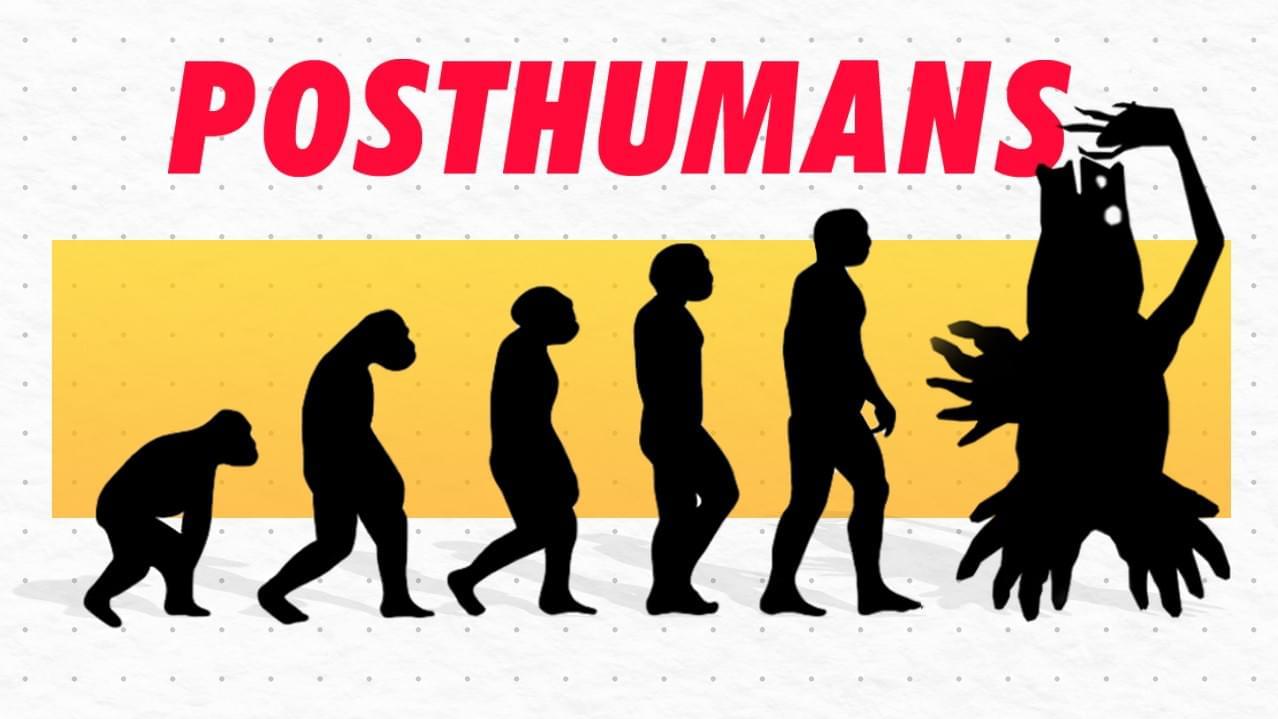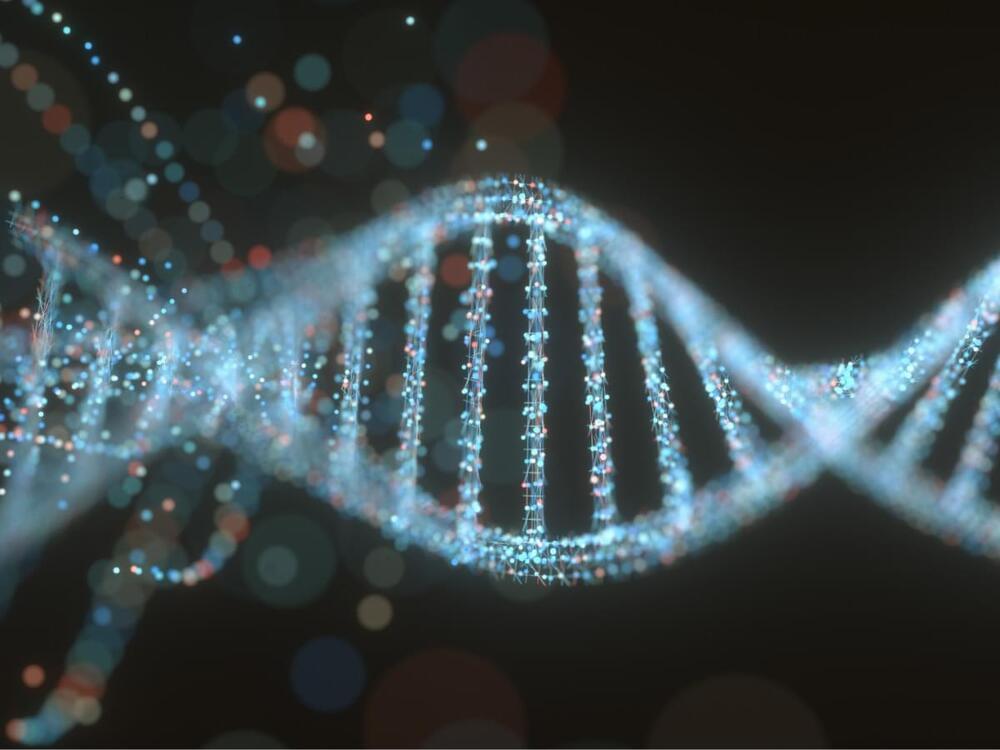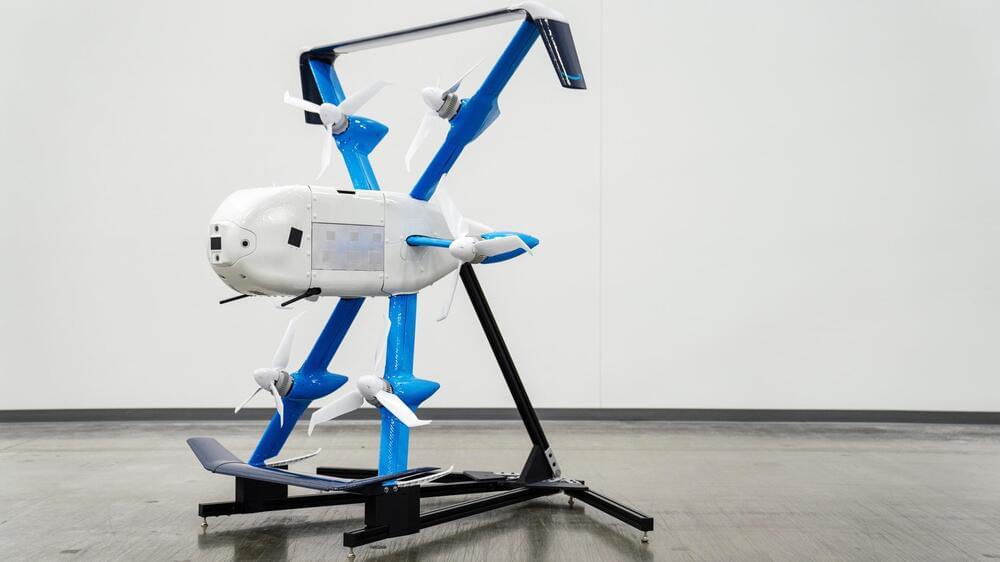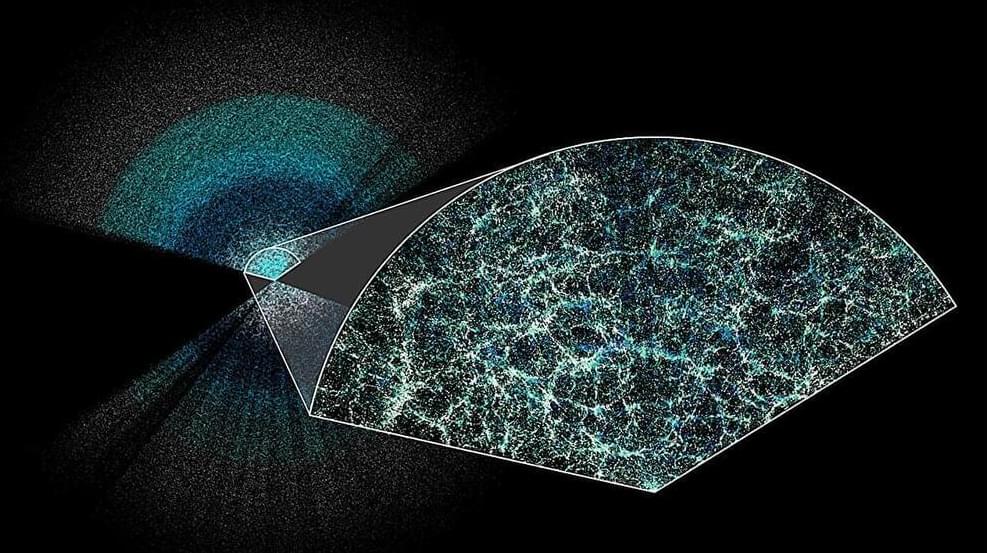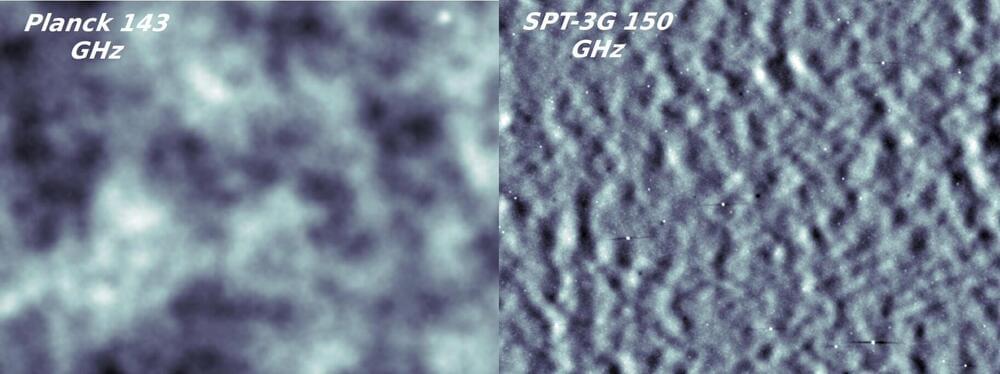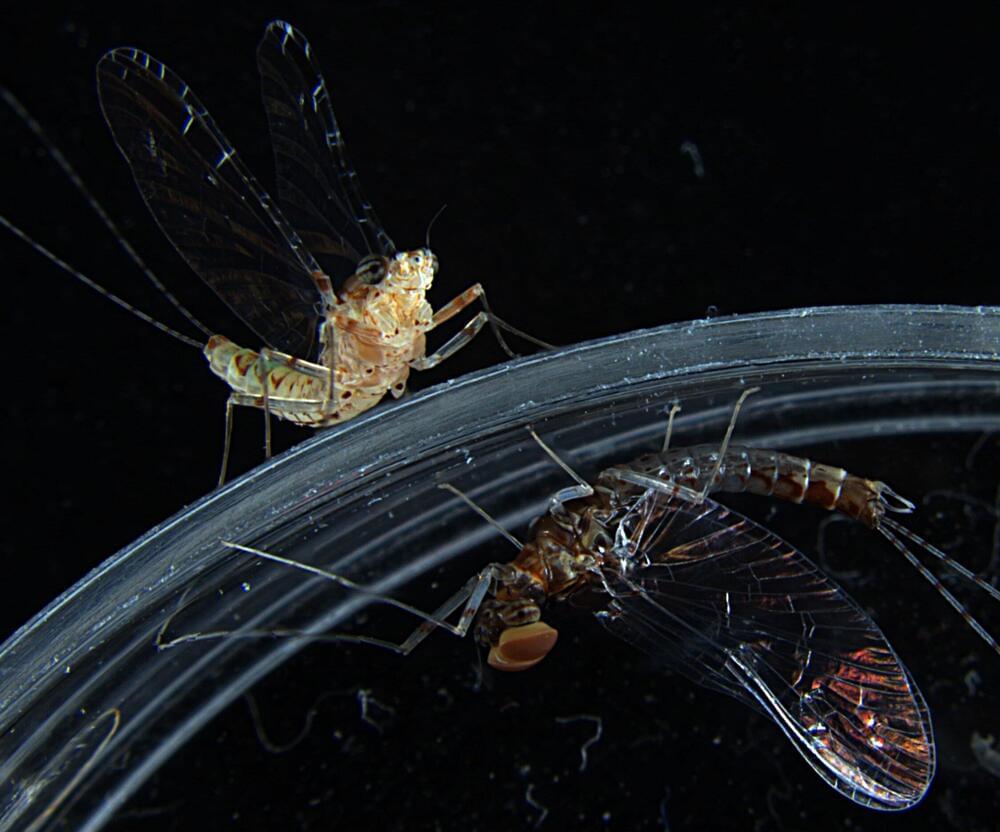Apr 29, 2024
Study Shedding New Light on Earth’s Global Carbon Cycle could Help Assess Liveability of Other Planets
Posted by Natalie Chan in categories: alien life, evolution
Research has uncovered important new insights into the evolution of oxygen, carbon, and other vital elements over the entire history of Earth – and it could help assess which other planets can develop life, ranging from plants to animals and humans.
The study, published today in Nature Geoscience and led by a researcher at the University of Bristol, reveals for the first time how the build up of carbon-rich rocks has accelerated oxygen production and its release into the atmosphere.
Until now the exact nature of how the atmosphere became oxygen-rich has long eluded scientists and generated conflicting explanations.
